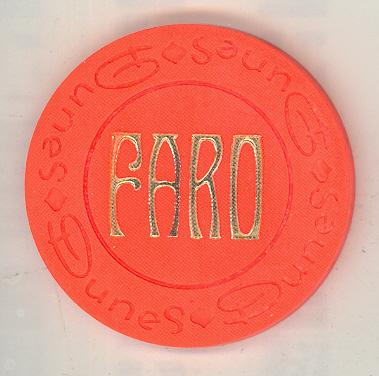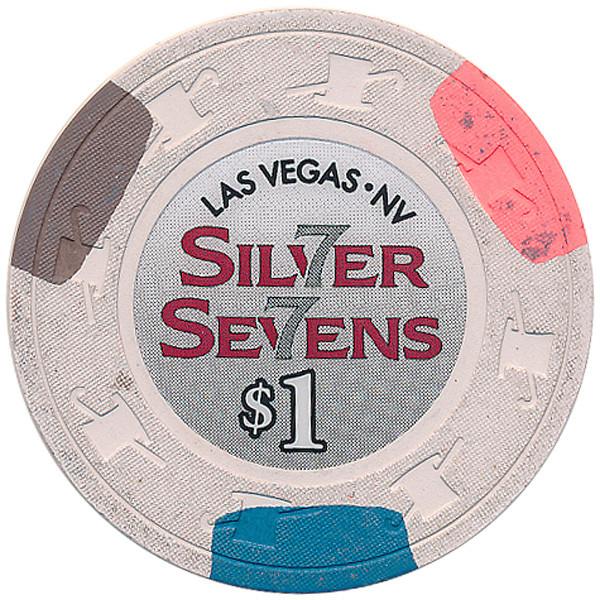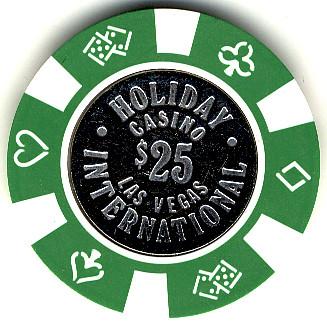Before the game of craps, there was another casino game called Faro. It became popular in the West during the 19th century. What you will come to find out about the game of faro is that casinos did not like it because there are no set house odds. The odds can change throughout the game. For the gaming resorts, it was considered a low-profit proposition that was better off not used. Faro origins date back to the 17th century in France. At one point it was banned in France but then popularity spread to England in the 18th century and then over to the United States after.
In this article, we are going to go over the basic rules and strategy of the game Faro to explain how it works, the different propositions and what the payout structure is.
An Overview:
The game of faro begins with a deck of 52 cards that are shuffled, cut and put face up in an opened top box or cage. From there, a top card is laid face up a short distance from the dealing box. This is done for the pile where all the winning cards go. Next, another card is removed and placed next to the dealer box and is faced up. Finally, a third card is left on top of the dealing box on the deck. The second and third cards are unknown and not shown.
25 pairs are then worked from the deck. The final card ends up being discarded and has no impact on the game. The card that ends up remaining in the dealer box is the winner following the action on each turn. The next active dealer card that is drawn beyond its side is a loser. What makes a winning or losing wager is the position card following the action on the turn rather than the value of a denomination. The top and bottom cards are given special names in the deck and they are both discarded. The first card discarded is called soda and the final one is called a hook. Betting layouts have one card each.
Every time a turn is done, the winner is removed from the dealing box and placed on a pile that is the most farthest away. When the next card is removed, it is placed on the pile alongside it becoming the loser. The winner remains exposed in the dealing box. There are 97 possible outcomes in Faro. The peak of excitement is reached when you get to the 25th and final turn. A cat-hop can occur when there is one card of a different denomination and a pair. There is an opportunity to bet at 2 to 1 odds at that point. You can also make an even money bet on the case card on whether or not it will win or lose. When you make a bet in Faro, it is always important to announce it to the dealer. In the case of one in 425 deals, there will be a case where the last 3 cards are the same denomination.

How score is kept:
A scorer uses an abacus type counting board with beads. What it does is show which denominations and how many have already been removed from the dealing box. Beads pushed to the outer edge of the case designates a loser. A space that separates a bead from the outer edge of the case or the bead of a denomination previously worked means a winner. An observer is also present to make sure all bets and payoffs are correct.

Different kinds of wagers in Faro and wagering scenarios:
- Traditional faro: You are betting on a denomination and whether or not either will be a winner or loser when it appears.
- A straight bet on a card means you are betting it will be a winner.
- A coppering bet signifies the opposite intention that you want the card to be a loser. You set it up by placing a small six-sided black chip on top.
- High card bet: You are placing a wager on the card on the layout directly in front of the dealer. In this case, the straight bet would be betting on a higher denomination than the loser. A coppered bet would be for the loser to be the high card.
- High card bets provide action on every turn.
- Bets can be made on a single card or a certain combination of two, three or four cards.
- Most bets are done with an even number of chips.
- The two-way combination bet is where you bet on one card to win and one card to lose.
- Two card bets are in the same row or directly opposite in separate rows are made in a space between them. Combination bets are not allowed when they are so far separated on the layout that a single combination bet can’t be made to cover both.
- Heeled and toe bet: Betting on two cards, one to win and one to lose in opposite directions.

Payouts for Faro:
All Faro bets except some of those that may be on the final turn are for even money. In Las Vegas, players could buy stacks of 20 chips for $25, $50, $100, $250 and $500. In Reno, you could buy a set of chips for as little as $10.

House Advantage:
- Probability that both cards will turn the same denomination is where the house advantage lies.
- A split result results in the bettor losing half their wager.
- House advantage varies with each new turn being worked.
- Probability of both cards being the same denomination decreases as one or more of the denomination cards has been used.

Faro Casino Chips in Las Vegas:
Besides the game itself, there is also a collector’s market for faro game chips. Like roulette chips or standard casino chips, it has its own unique category. Some of the casinos in Las Vegas that had the game faro and thus had chips include the Aladdin Hotel & Casino, Dunes, Golden Nugget and Fremont. You can see different Faro chips from those various casinos below. Click on each chip picture to purchase.
Aladdin Hotel and Casino Faro Chips:
Dunes Faro Chips:
Fremont Hotel and Casino Faro Chip:
Golden Nugget Faro Chip:
Conclusion:
Those who ended up liking the game of faro were system bettors. They were people who could come up with their own betting scenarios. Since every game was different, the casino odds would change and thus give some advantage to the player. Casinos are not interested in low-profit games. That is why you will not see a faro table game on the Las Vegas Strip today.











